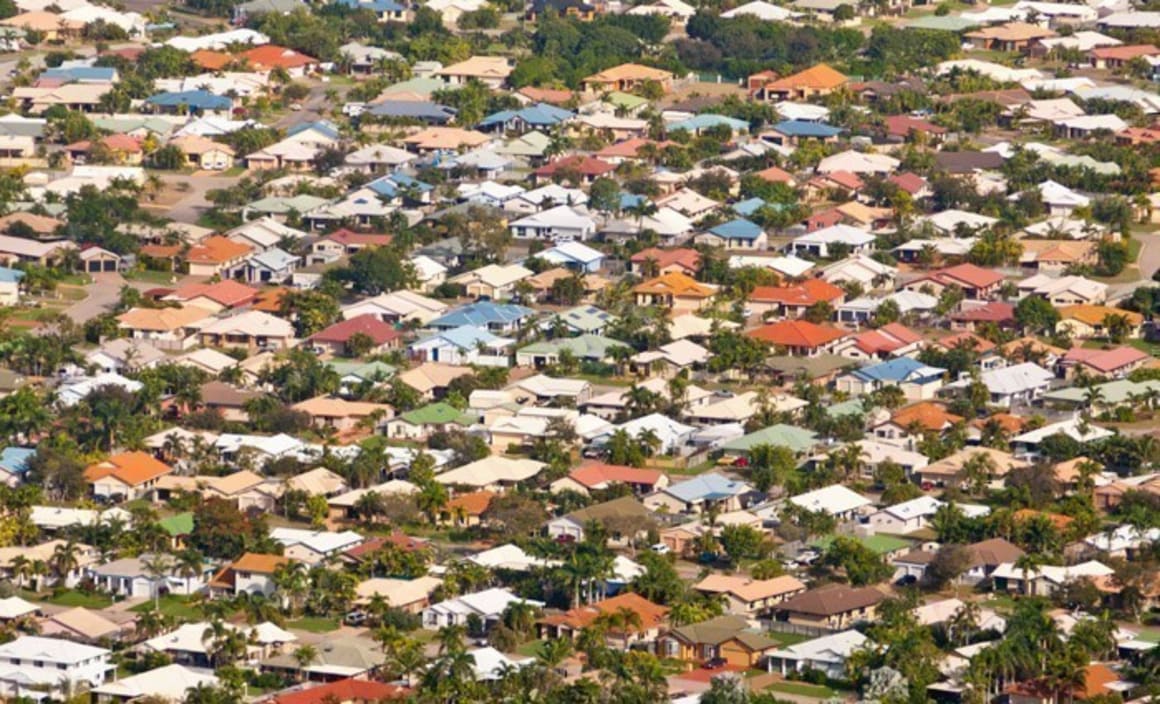Real home values remain below previous peak: Cameron Kusher

The Australian Bureau of Statistics (ABS) released quarterly Consumer Price Index data for September 2015. The data showed that headline inflation was recorded at 0.5% for the quarter and was 1.5% higher over the year.

As the above chart shows, at 1.5%, headline inflation is below the Reserve Bank’s target range of between 2.0% and 3.0% per annum. While the headline figure is important, the RBA also likes to look at measures of underlying inflation which exclude some of the more volatile items. Both measures of underlying inflation; the trimmed mean and the weighted median were recorded at a lower 0.3% over the quarter and have increased by 2.1% and 2.2% respectively over the past year. These annual increases place underlying inflation within the lower band of the RBA’s target range, it would also indicate that if the RBA felt it necessary they have scope to reduce official interest rates.

The effects of inflation are also an important factor to consider for housing markets. Although we generally talk about home value growth in nominal terms, real or inflation-adjusted home value changes are also important to consider. Over the 12 months to September 2015, combined capital city home values have increased by a nominal rate of 11.0% however, in real terms that figure drops to 9.4%. The above chart shows the annual rate of value change across the individual capital cities in both nominal and real terms. It highlights once again the significant difference in value growth conditions in Sydney and Melbourne relative to the other capital cities.

In real terms home values have only increased over the past five years in Sydney and Melbourne. On a compound annual basis, falls have been recorded at -1.7%pa in Brisbane, -2.0%pa in Adelaide, -1.5%pa in Perth, -3.5%pa in Hobart, -3.9%pa in Darwin and -1.4%pa in Canberra. Real home values have increased at a rate of 4.9%pa over the past five years in Sydney and 1.7%pa in Melbourne. Over the past decade, real home values have fallen in Hobart and have risen at a rate of less than 2%pa in Brisbane, Adelaide and Canberra.

To further highlight the differences across the cities it is valuable to have a look at nominal and real value growth across the capital cities since 2008. Between March and December of 2008 combined capital city home values fell by a nominal -6.1% or a real -8.3%. On the back of aggressive interest rate cuts and stimulus in the form of the Boost to the First Home Owners Grant, values began to rise from that point. Although combined capital city home values have increased since 2008, this is largely by virtue of strong value growth in Sydney and Melbourne. In fact, real home values are currently lower in Brisbane (-5.2%), Adelaide (-5.4%), Perth (-3.0%) and Hobart (-16.1%) than they were at the end of 2008, almost eight years of no real value growth in these cities. Real value rises have been moderate since 2008 in Darwin (5.0%) and Canberra (4.1%) and substantially greater in Sydney (51.4%) and Melbourne (41.9%).

The above chart looks at the change in real home values on a quarterly basis since their previous peak. What is immediately noticeable is that Sydney (+24.3%) and Melbourne (+8.9%) are the only cities in which values are now higher than their previous peaks. The journey to get back above their peaks was somewhat different, Sydney took 41 quarters to eclipse its March 2004 peak while Melbourne took 19 quarters to eclipse its September 2010 peak. Across each remaining capital city, real home values are below their previous peaks, the figures for each city are: -11.8% in Brisbane, -10.0% in Adelaide, -13.0% in Perth, -21.3% in Hobart, -17.9% in Darwin and -8.1% in Canberra. For Brisbane, Perth and Hobart in particular the journey back to the previous peak has proven to be long with these markets previously peaking in March 2008, September 2007 and December 2007 respectively.
As values continue to rise in Sydney and Melbourne and show falls or moderate nominal growth in other capital cities, the affordability gap will continue to widen. At some point these other capital city markets will once again become attractive to buyers. Importantly this won’t be driven by affordability factors alone; employment opportunities, amenity and local infrastructure, amongst other factors, will be important factors. The data also highlights that long periods of value falls do happen in the Australian housing market and clearly housing is not a one-way bet. The broader statistics do tend to be overshadowed by the impact of the Sydney and Melbourne housing markets who are substantially bigger than all other capital cities.
Cameron Kusher is research analyst for CoreLogic RP Data. You can contact him here.